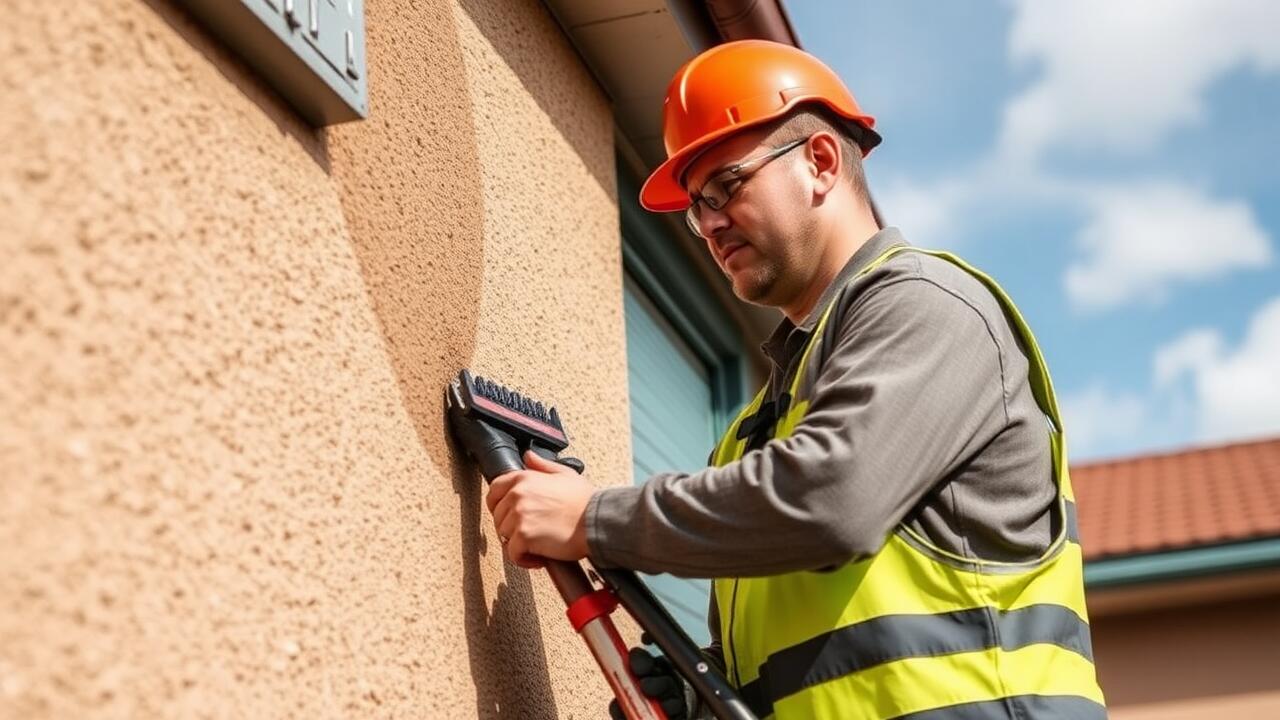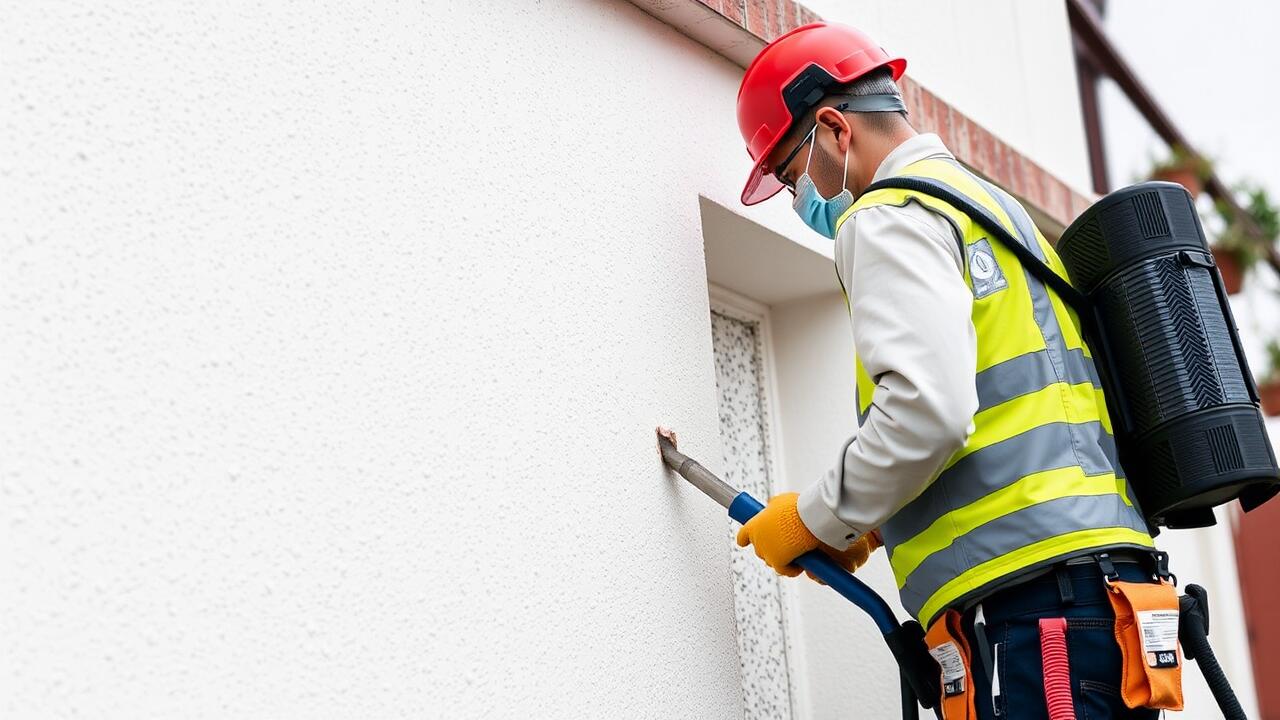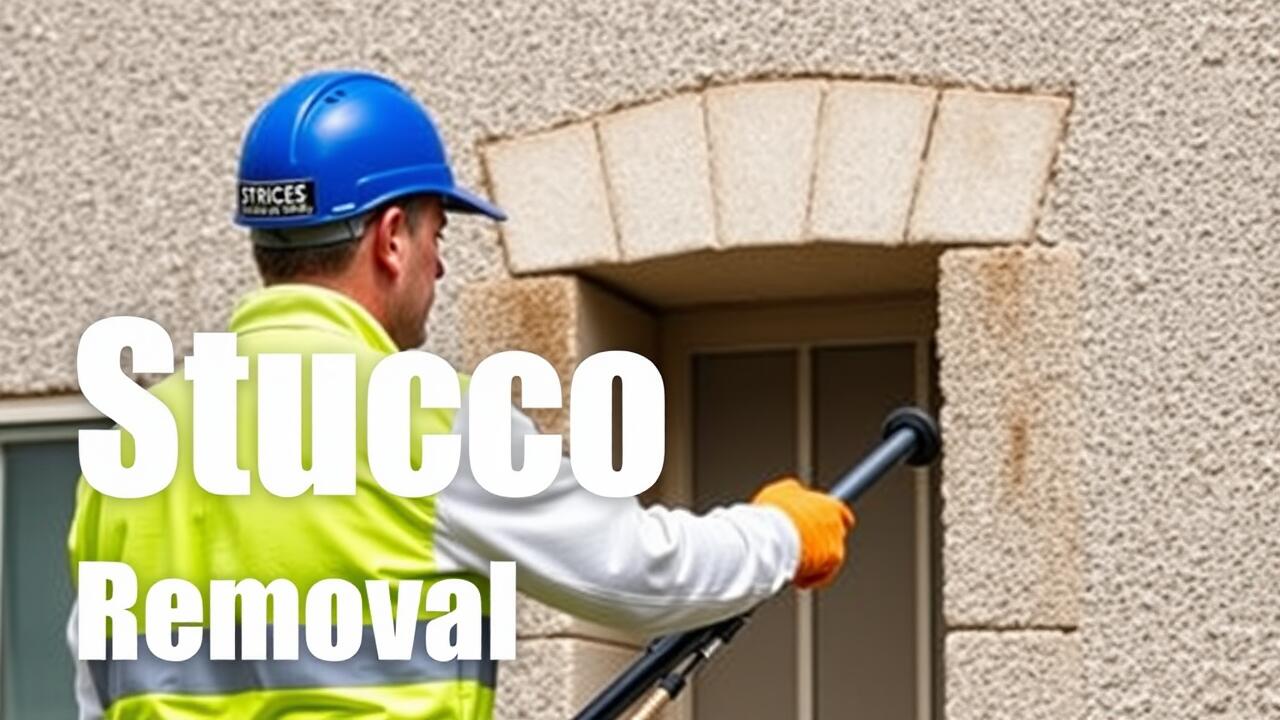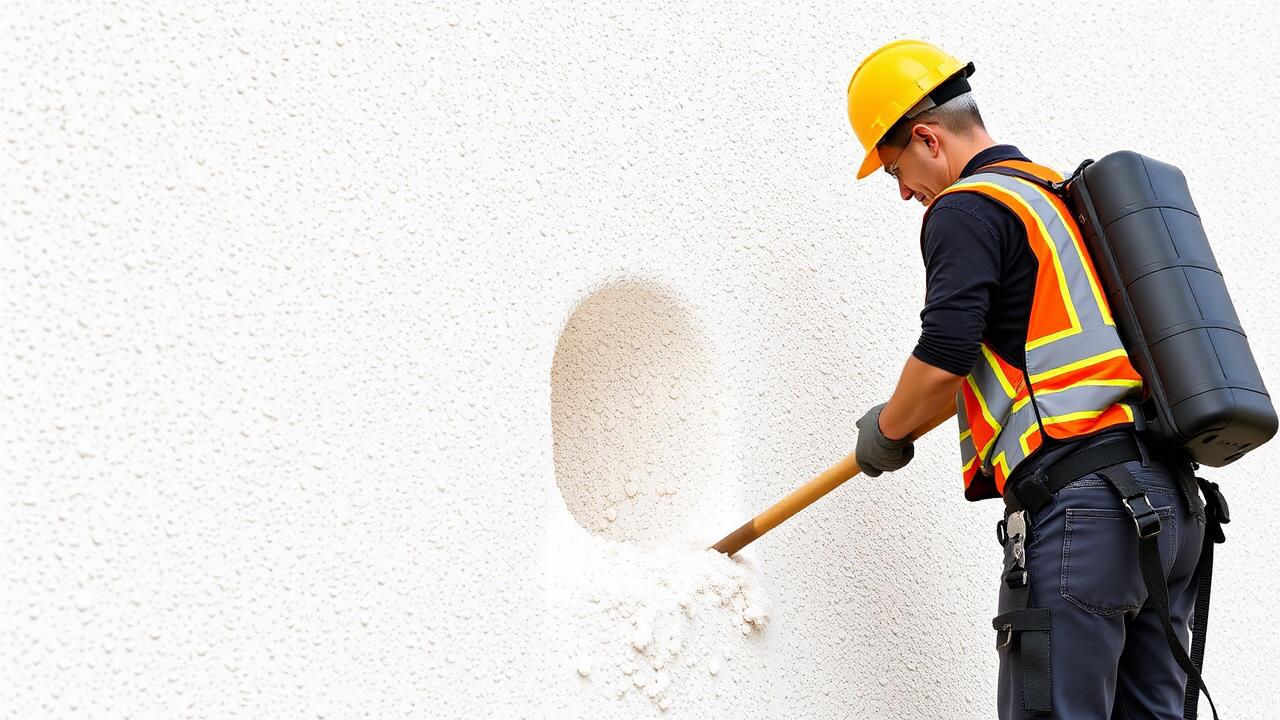
Techniques for Stucco Removal
Removing stucco from ceilings can be a challenging task, but several techniques can simplify the process. One effective method involves using a steamer to soften the stucco. This is done by applying steam to sections of the ceiling, allowing the material to loosen and become easier to scrape off. Using a broad putty knife or a similar tool helps in lifting the softened stucco away. Such a technique can minimize damage to the underlying surface and reduce the amount of dust generated during the process.
Another popular technique involves manual scraping, which requires patience and precision. With this method, workers can use a scraper to remove the stucco in sections without relying on additional tools. It's essential to ensure a stable platform for safety while performing this task. For those in need of professional assistance, seeking services like Sherman Oaks, Los Angeles Stucco Removal can provide the needed expertise and equipment, ensuring a more efficient and thorough removal process.
Effective Methods to Consider
When considering effective methods for removing stucco from ceilings, one popular approach is the use of a scraper or a putty knife. This technique requires some physical effort but can yield satisfactory results on small areas. The goal is to gently lift the stucco away from the ceiling without damaging the underlying surface. Professionals often employ a drywall sander or orbital sander for larger spaces. This method reduces the time and effort spent compared to manual scraping, making it a preferred choice for extensive stucco removal projects, like those in Sherman Oaks, Los Angeles stucco removal jobs.
Another method involves using a heat gun to soften the stucco before removal. This technique allows for easier peeling away of the material, especially for thicker applications. A heat gun can be an essential tool in the arsenal of any contractor tackling a stucco ceiling. Safety precautions should always be in place, including working in well-ventilated areas and wearing protective gear. Assessing the condition and thickness of the stucco can determine the most suitable approach, ensuring an efficient and effective removal process.
Dealing with Asbestos
As you plan to remove stucco from ceilings, it’s crucial to consider the potential presence of asbestos, especially in homes built before the 1980s. Asbestos fibers can pose serious health risks when disturbed, making it essential to test your materials before proceeding with removal. Hiring professionals experienced in Sherman Oaks, Los Angeles stucco removal can help identify whether your stucco contains asbestos and ensure that safety protocols are followed.
If asbestos is detected in your stucco, the safest course of action is to engage certified asbestos abatement professionals. These specialists have the training and equipment necessary to handle the material safely, minimizing the risk of exposure to hazardous fibers. Given the complexities involved, tackling this task without expert help can lead to serious health hazards for you and your family, underscoring the importance of making informed decisions when dealing with this potentially dangerous material.
Importance of Testing Before Removal
Before embarking on the stucco removal process, it is crucial to consider the potential presence of asbestos in older structures. Asbestos was commonly used in building materials until the late 1970s. If your home or building in Sherman Oaks, Los Angeles has stucco installed prior to this period, testing for asbestos becomes a necessary step. Ignoring this risk can lead to serious health hazards for you and anyone involved in the removal process.
Testing for asbestos typically involves hiring a certified professional to take samples and analyze them in a lab. Results can determine the most appropriate course of action should asbestos be detected. If tests show positive results, specialized mitigation procedures will be required to safely handle and dispose of the material. Understanding the implications of asbestos in stucco removal is essential for ensuring safety and compliance with local regulations.
Cleaning Up After Removal
After the stucco removal process, cleaning up the work area is essential to ensure safety and aesthetics. Move any large debris and pieces of stucco to a designated disposal area. Use a vacuum with a HEPA filter to capture smaller dust particles and provide a thorough clean-up. Dispose of any hazardous materials according to local regulations, especially if asbestos was present in the stucco.
In Sherman Oaks, Los Angeles stucco removal, it is crucial to follow proper disposal methods to avoid environmental contaminants. Collect all removed materials in durable trash bags and label them if necessary. After clearing the space, conduct a final inspection to confirm that all remnants of stucco are removed. Keeping the environment safe is a priority during this cleanup phase.
Proper Disposal of Stucco Materials
After removing stucco from ceilings, proper disposal of the materials is essential for maintaining safety and adhering to local regulations. Many local jurisdictions have specific guidelines regarding the disposal of construction debris. It’s crucial to check with your local waste management facility to determine what can be recycled and what needs to be discarded. Certain components, especially if they contain asbestos, may require special handling and disposal methods.
If the stucco materials do not contain hazardous substances, they can often be taken to a regular landfill. However, for areas like Sherman Oaks, Los Angeles, stucco removal projects might have additional environmental regulations to consider. Renting a dumpster specifically for construction debris can make clean-up easier and ensure you adhere to all disposal guidelines. Proper sorting and disposal not only keep your workspace safe but also help minimize environmental impact.
FAQS
What are the best techniques for removing stucco from ceilings?
The best techniques for removing stucco from ceilings include scraping, using a steamer to soften the material, and applying a chemical stucco remover. Each method has its pros and cons, so it's important to choose based on your specific situation.
How can I identify if my stucco contains asbestos?
To identify if your stucco contains asbestos, it's crucial to conduct a professional asbestos test. Many older homes built before the 1980s may contain asbestos in their stucco materials, so testing is essential for safety.
Why is it important to test for asbestos before removing stucco?
Testing for asbestos before removal is important because disturbing asbestos-containing materials can release harmful fibers into the air. Proper testing helps ensure safe handling and removal procedures are followed to minimize health risks.
What should I do after removing stucco from my ceilings?
After removing stucco from your ceilings, it's important to clean up the area thoroughly, dispose of the stucco materials properly, and assess any necessary repairs to the ceiling structure.
How should I dispose of stucco materials after removal?
Stucco materials should be disposed of according to local regulations. If the stucco contains asbestos, it's recommended to contact a licensed asbestos abatement professional for safe disposal. If it's asbestos-free, you can typically dispose of it as construction debris at a local landfill.


